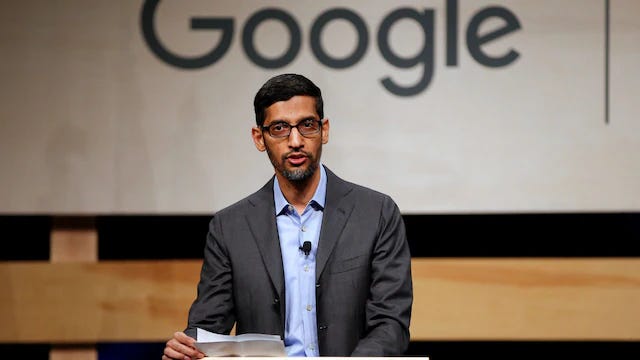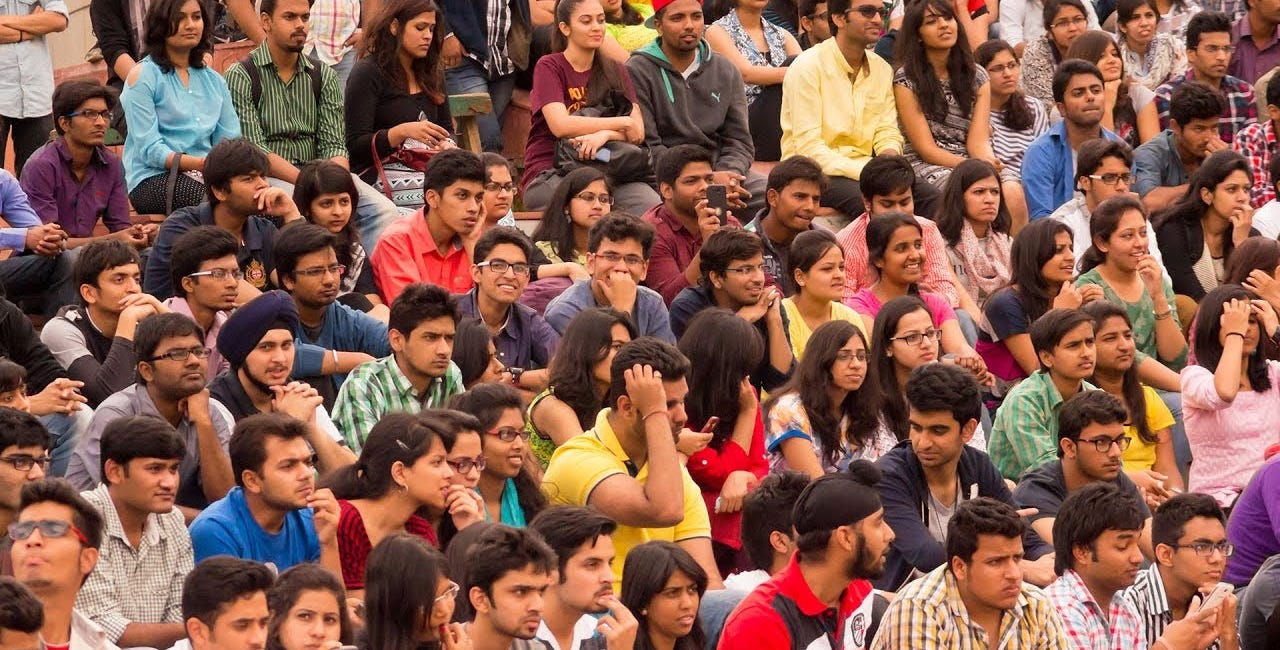Job Losses from AI Are Already Here — India Must Act Now
India needs a national AI strategy not just to harness AI's upside - but also its impact on employment
In Alphabet’s Q1 2025 earnings call, Sundar Pichai made a startling disclosure: well over 30% of the new code at Google is now being generated by AI (then reviewed and accepted by human engineers). This figure is up from 25% just six months ago, in October 2024.
The trendline is unmistakable — and the implications are profound.
Nowhere are these implications more consequential than for India, whose economic ascent has been uniquely service-led. India’s growth story has been premised on an unconventional leapfrogging: skipping large-scale manufacturing and building an economic base around services. Central to this model has been software services exports — a sector now facing significant mid-term disruption unless India develops a proactive national strategy to anticipate and mitigate the risks.
The scale of the potential impact is significant. As per NASSCOM, the tech industry today represents USD 282 billion (including USD 19.2 billion for hardware) and accounts for just under 7% of India’s GDP. The sector employs around 5.8 million people.
While there is some public discourse about how India’s top IT companies are evolving their service offerings to stay competitive, there is alarmingly little conversation about the impact on employment. One way for firms to stay competitive is to improve "productivity," but in practice, this will inevitably manifest in smaller headcounts — either through reduced hiring or actual layoffs.
This risk is compounded by the apparent lack of urgency among policymakers. At the Future of India Foundation, we analyzed over 60,000 parliamentary questions asked during the 17th Lok Sabha to identify those related to youth and employment. Of the questions that mentioned AI, few addressed the looming employment impacts or the structural changes to the labor market (The Public Record: Parliament on Youth Employment).
There is no question that India must urgently establish national leadership in AI — not merely through regulation, but through bold innovation and sustained investment in talent, research, and infrastructure. There are clear signs that both the government and industry are alive to the opportunities AI presents and serious about harnessing its upside. However, there is little evidence of a serious plan to manage the disruptive impacts of AI on employment — and especially employment in the very industry that has significantly contributed to the rise of India’s middle class.
It is not enough to casually assert that AI will lead to productivity gains, new industries, and fresh opportunities. To leave young people to fend for themselves through a disruption of this magnitude would be an abdication of responsibility.
Transitions of this magnitude historically come with friction costs: mass dislocation, reskilling challenges, and economic insecurity. In a country with the world’s largest youth population, pretending otherwise is not strategy; it is negligence.
Also Read:
AI Search Chatbots May Transform The Internet As We Know It. Not Necessarily For Good.
Published in the Hindustan Times
What Do We Owe Our Young?
I haven’t written in a while. The past few months have been busy busy busy. Getting something from concept to almost-done to actually-done is drip-drip slow. In this time, I’ve often thought about how money is such a great expediter. We airily ascribe meagre outcomes to individual deficiencies. But we seldom do any accounting of the meagreness of intell…






